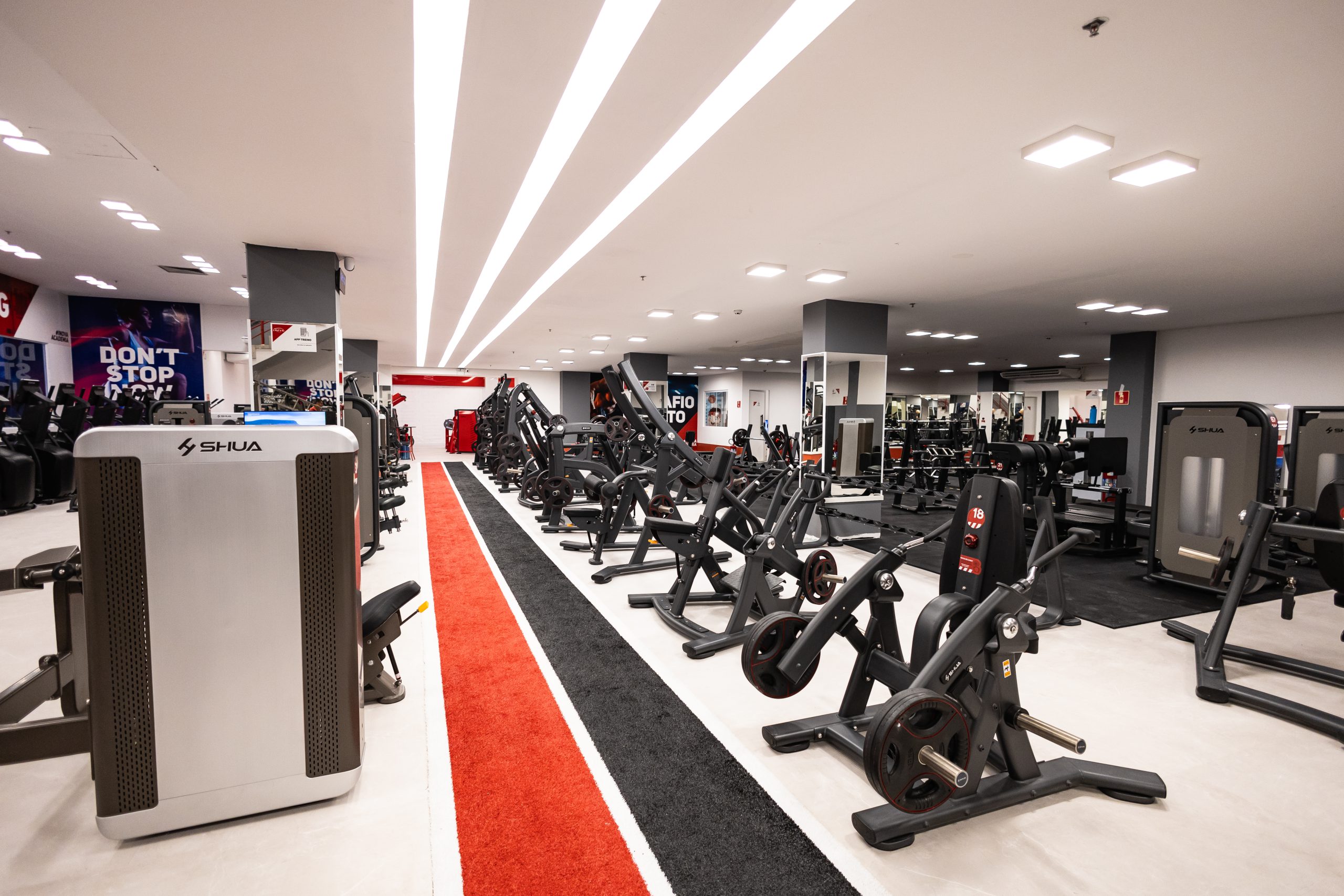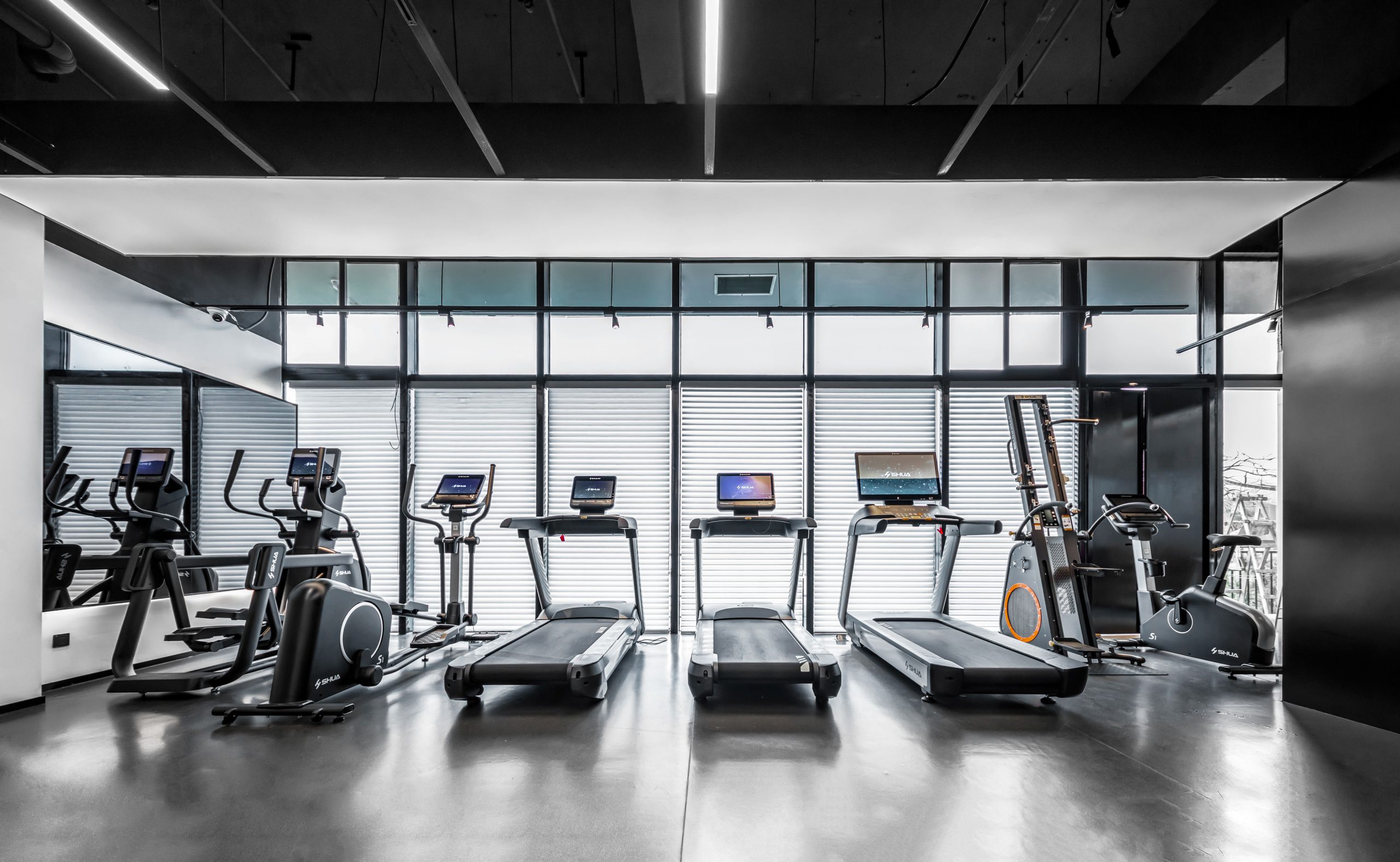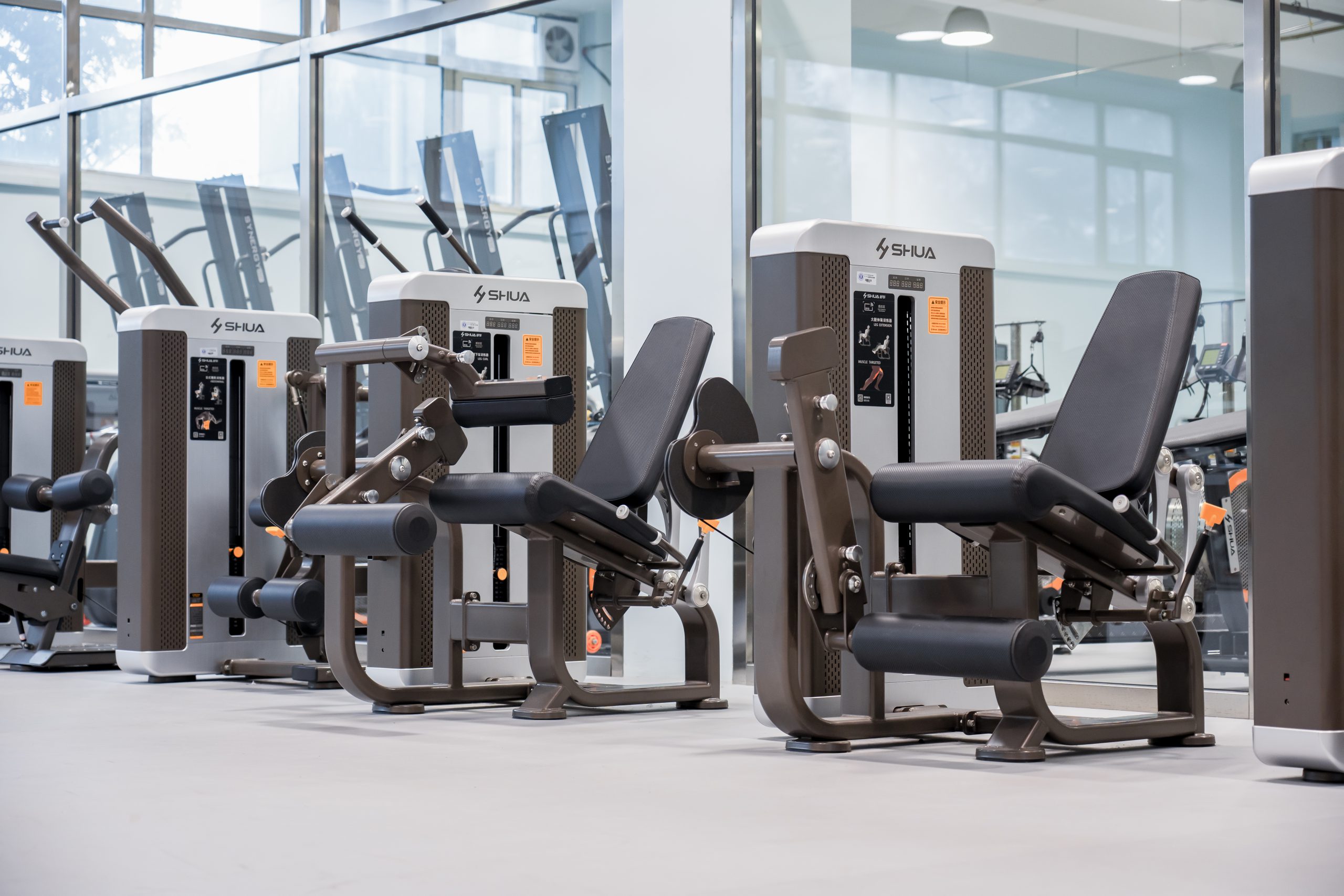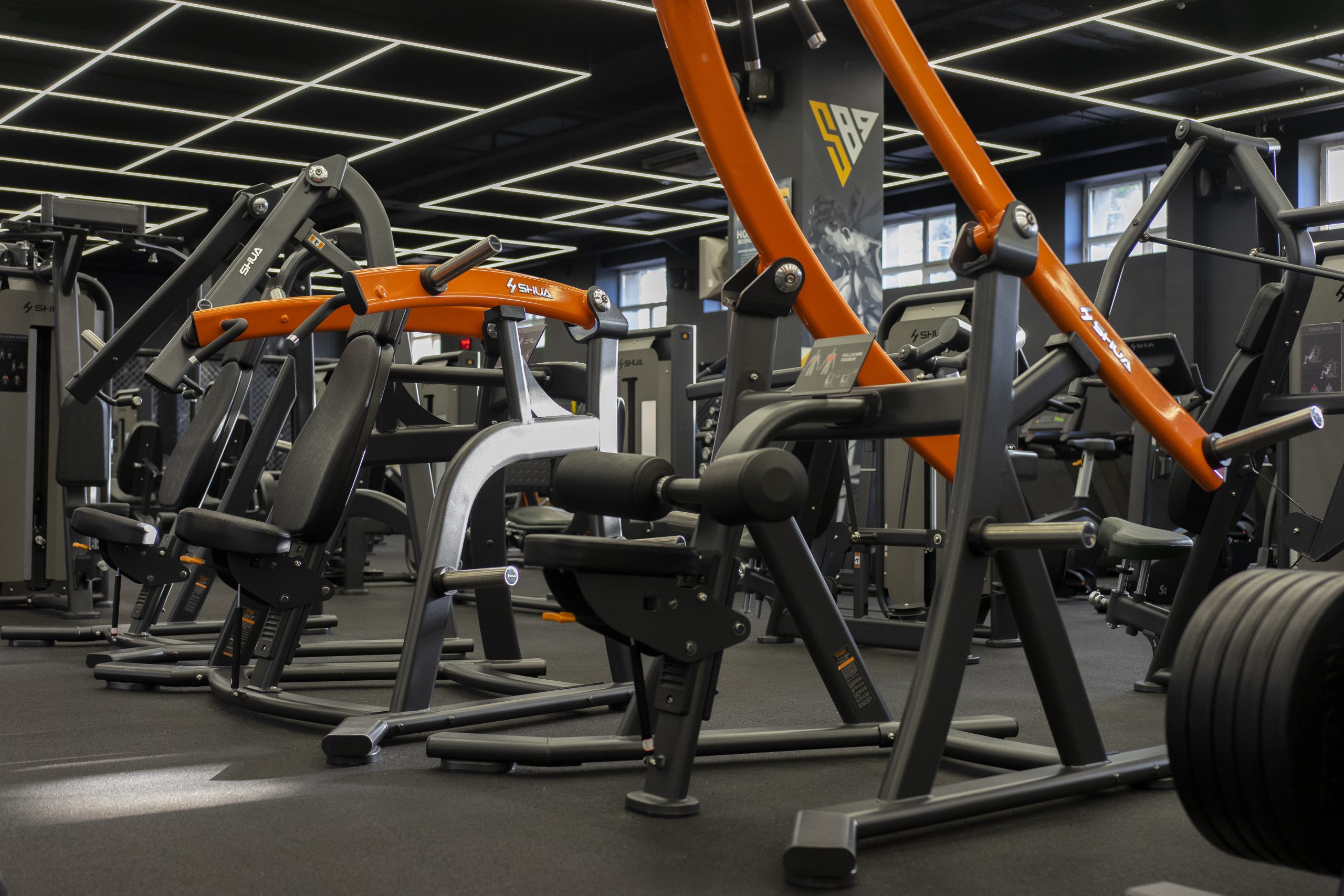
Using gym equipment correctly is crucial for preventing injuries. Exercise equipment injuries increased by 8.3% from the previous year, with 409,224 injuries in 2021. Proper use can help avoid such risks. Gym workouts offer numerous benefits. Regular physical activity can improve muscle strength, boost endurance, and enhance self-esteem. Starting a fitness journey can be intimidating, but every expert was once a beginner. Embrace the challenge and take the first step towards a healthier lifestyle.
1. Understanding Gym Equipment
Types of Gym Equipment
Cardio Machines

Cardio machines help improve cardiovascular health. Elliptical trainers combine the motions of a treadmill, stair climber, and exercise cycle. This equipment provides a full-body workout with low impact on joints. Treadmills and stationary bikes also offer effective cardio workouts. These machines increase heart rate and burn calories.
Strength Training Machines

Strength training machines target specific muscle groups. These machines guide movements, reducing the risk of injury. Leg press machines strengthen lower body muscles. Chest press machines focus on upper body strength. Cable machines offer versatility for various exercises.
Free Weights
Free weights include weight plates and lifting bars. These tools aid in building strength and toning muscles. Dumbbells and barbells allow for a wide range of exercises. Free weights enhance grip strength and core stability. Beginners should start with lighter weights to learn proper form.
2. Choosing the Right Gym Equipment
Assessing Your Fitness Goals
Identify personal fitness goals before selecting gym equipment. Determine whether the focus is on cardio, strength training, or flexibility. Choose equipment that aligns with these goals. For example, stability balls improve core strength and balance. Suspension trainers provide a full-body workout and challenge core stability.
Consulting with a Trainer
Consult a certified trainer for personalized advice. Trainers assess fitness levels and recommend suitable equipment. They ensure proper use of gym equipment to prevent injuries. Trainers can design a workout plan tailored to individual needs. This guidance helps maximize the benefits of each workout session.
Choosing the Right Gym Equipment Brand
Selecting the right brand is just as important as choosing the right type of equipment. SHUA Fitness is a trusted name in the fitness industry, known for its innovative and high-quality gym equipment. Whether you’re setting up a home gym or equipping a commercial fitness center, SHUA Fitness offers a range of products that cater to all workout needs. SHUA equipment is designed with durability and user experience in mind, ensuring that you get the most out of your workouts. Visit their website at SHUA Fitness to explore the perfect equipment to meet your fitness goals.
3. Safety Tips for Gym Equipment

Proper Form and Technique
Importance of Warm-Up
Warming up prepares your body for exercise. A proper warm-up increases blood flow to muscles. This process reduces the risk of injury. Warm-ups should include light cardio and dynamic stretches. Spend at least 5-10 minutes warming up before using gym equipment.
Correct Posture
Maintaining correct posture is crucial. Poor posture can lead to injuries. Always keep your back straight when lifting weights. Avoid slouching or rounding your shoulders. Engage your core to support your spine. Proper posture ensures effective workouts and prevents strains.
Using Gym Equipment Safely
Reading Instructions
Always read the instructions before using gym equipment. Manuals provide essential information. Instructions explain how to use the equipment correctly. Following these guidelines minimizes the risk of misuse. Proper usage prevents accidents and injuries.
Starting with Light Weights
Begin with light weights to learn proper form. Gradually increase the weight as you gain confidence. Lifting too much weight too soon can cause injuries. Focus on mastering the technique first. Light weights help build a solid foundation for strength training.
4. Maximizing Your Workout with Gym Equipment
Setting Up a Routine
Balancing Cardio and Strength Training
Balancing cardio and strength training ensures a well-rounded fitness routine. Cardio exercises, such as using treadmills or stationary bikes, improve heart health and burn calories. Strength training, involving free weights or machines, builds muscle and increases metabolism. Alternate between cardio and strength sessions to target different muscle groups. This approach prevents overuse injuries and promotes overall fitness.
Progressive Overload
Progressive overload involves gradually increasing the intensity of your workouts. Start with lighter weights and increase the load as your strength improves. This method helps build muscle and enhances endurance. Track the weight used and aim to lift slightly more each week. Progressive overload applies to cardio as well. Increase the duration or intensity of your cardio sessions over time. This strategy ensures continuous improvement and prevents plateaus.
Tracking Your Progress
Keeping a Workout Journal
A workout journal helps monitor progress and stay motivated. Record exercises, sets, reps, and weights used during each session. Note how you feel after workouts and any improvements noticed. A journal provides a clear picture of progress over time. Reviewing past entries can highlight achievements and areas needing improvement. Consistent tracking encourages accountability and helps set realistic goals.
Using Fitness Apps
Fitness apps offer a convenient way to track workouts and monitor progress. Many apps provide workout plans tailored to individual goals. Use apps to log exercises, track weights, and monitor cardio sessions. Some apps include features like progress photos and body measurements. These tools provide a comprehensive view of your fitness journey. Fitness apps also offer reminders and motivational tips to keep you on track.
5. Common Mistakes to Avoid with Gym Equipment
Overtraining
Signs of Overtraining
Overtraining can harm your progress. Common signs include persistent fatigue, decreased performance, and mood swings. You might also experience frequent injuries or illnesses. Listen to your body. If you notice these symptoms, consider adjusting your workout routine.
Importance of Rest Days
Rest days are crucial for recovery. Muscles need time to repair and grow. Skipping rest days can lead to overuse injuries. Plan at least one or two rest days each week. Use this time for light activities like walking or stretching. Rest days help prevent burnout and keep you motivated.
Ignoring Pain
Differentiating Between Good and Bad Pain
Understanding pain is essential for safe workouts. Good pain, often called “muscle soreness,” occurs after a challenging workout. This type of pain usually feels dull and improves with rest. Bad pain, however, feels sharp or intense. It often indicates an injury. Stop exercising if you feel bad pain. Continuing could worsen the injury.
When to Seek Medical Advice
Seek medical advice for persistent or severe pain. A healthcare professional can diagnose the issue. Early intervention prevents further damage. Don’t ignore pain that lasts more than a few days. Consulting a doctor ensures proper treatment and a safe return to exercise.
Proper use of gym equipment ensures safety and effectiveness. Consistency and patience play crucial roles in achieving fitness goals. Regular workouts build strength and endurance over time. Sarah’s motivation improved significantly by staying consistent. She even surpassed some initial fitness goals.
“By implementing these changes, Sarah’s motivation significantly improved. She started enjoying her workouts again and even surpassed some of her initial fitness goals.”
Keep pushing forward. Every step brings you closer to a healthier lifestyle. Embrace the journey and celebrate each milestone. Your dedication will lead to lasting results.

